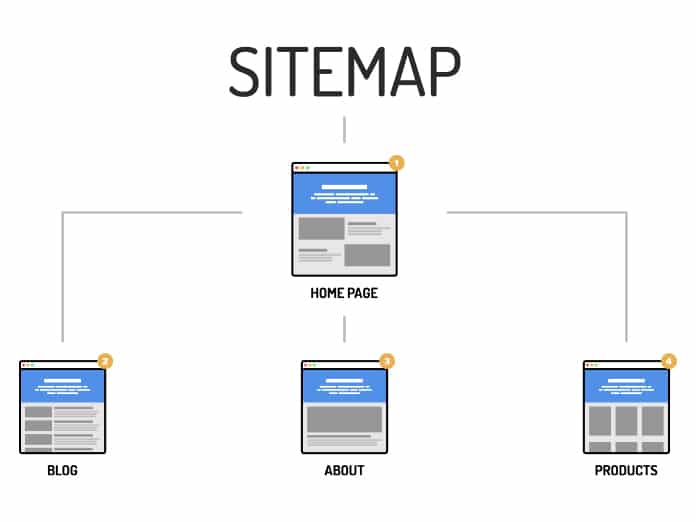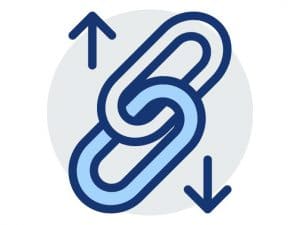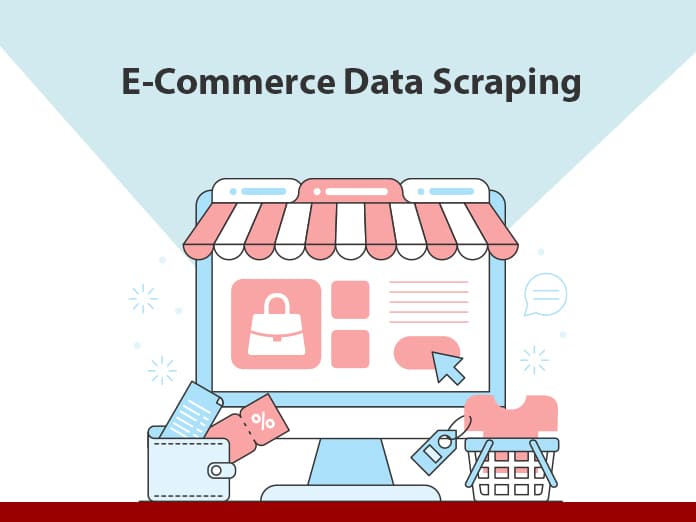Jump to Section
What is Data Scraping?
Data scraping from e-commerce websites is fairly popular nowadays. There are so much data and information on e-commerce sites that it’s tempting to use it. Harvesting product fields such as name, price, category, brand, etc. form the basis for competitors’ tracking and intelligence solutions. We can talk about manufacturers, web stores, and the like who are in constant need of e-commerce data.
Technically, the e-commerce site is no different from any other website you can find on the internet. In this blog post, we’ll discuss some of the commonalities that these sites share. We will discover some easy-way-outs and patterns you can quickly check before you start scraping data from these websites.
Check Meta and Hidden Tags to Select Fields
When we try to scrape a page, we’re searching for the fields. In the context of an e-commerce site, one of the fields should be the price for sure. Another one could be stock information.
<meta itemprop="price" content="619"> <meta itemprop="priceCurrency" content="GBP"> <meta itemprop="availability" content="in_stock">
In the example above, we can find details about the price, currency, and stock of the product. The best part about it is that there is a very strong probability that the website will alter its design–sooner or later–so we don’t have to adjust the crawler since such meta tags are independent of the layout. We can easily retrieve the element by using the itemprop attribute and then select the value of content. Selecting data fields using meta tags like this is a perfect way to make our crawler a bit more robust.
If you’re interested in what other meta tags you might be searching for on sites, check this out.
Fetch Links From Sitemap
If your project involves scraping the entire website, then it’s generally a good tip to look for a sitemap first. A sitemap sometimes doesn’t contain all the URLs of a site. If it comes to e-commerce websites, you should get at least all the product page URLs. In most cases, we don’t need anything other than those anyway.

If the e-commerce site you’re after has tens of thousands of products, check first if it has a proper sitemap. Also, some sites like this one have several XML sitemap files that contain product URLs.
Recognize URL Patterns
This tip isn’t always practical, but it’s useful when it’s needed. We are sure you’ve already recognized that some websites, not just e-commerce sites, use a straightforward way to generate dynamic URLs.
Be sure to examine that the number at the end of the URL is just a simple auto-increment-like value and not a product id of any sort. In this case, you can build a crawler that has a loop with an increasing number that you always stick to the end of the URL. If it’s a unique product id, you probably won’t be able to use it to ease the web scraping process.
Conclusion
Data scraping has emerged as an efficient strategy for gaining valuable insights into consumer preferences and needs, market analysis, and other important factors. The e-commerce industry environment will benefit from the scraping of the market or the sector in which it operates to provide a clearer understanding of competition and the best-performing practices.
So, whether you’re an existing business or a startup, consider giving data scraping a try. Besides, you won’t have to have coding or other complex skills: in most situations, you only need to provide a scraping tool with some initial data and wait for it to finish the job.
- What Products Should You Sell on Amazon? - November 18, 2020
- 10 Reasons Why You Should Start Selling on Amazon - October 22, 2020
- Comparative Study of Top 6 Web Scraping Tools - September 3, 2020

